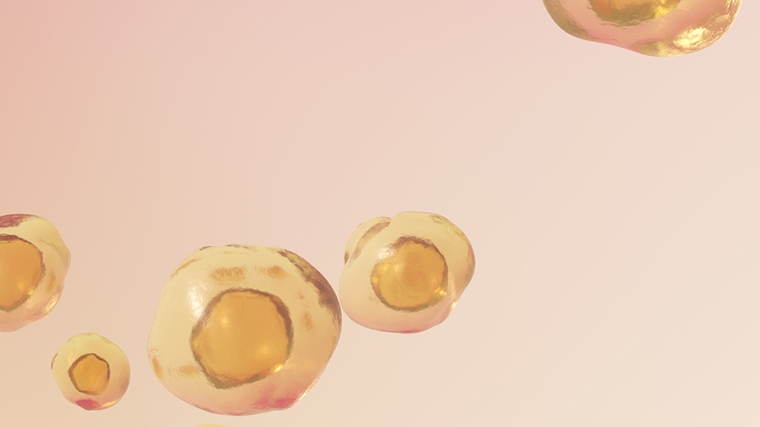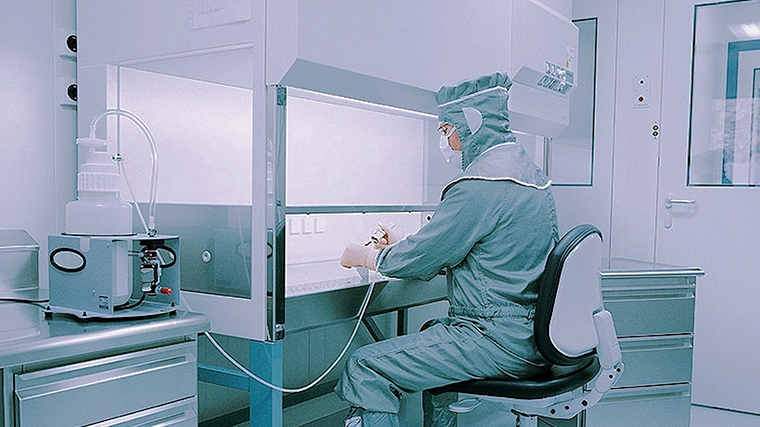Autologous cell-based therapies are moving from the clinic to the market and taking the world of pharma manufacturing by storm. What can manufacturers expect in the field of personalized medicine?
As the market leaders in autologous cell-based therapies are expected to move lead products from clinical programs to the market in the near future, the need for manufacturing capacity is rising fast. Cell therapies originate from clinics and laboratories and therefore their manufacturing processes are equally rooted in laboratory-scale equipment. The batch scale in autologous cell-based therapies ranges from 1 to 2L, logically calling for laboratory-scale equipment.
Laboratory equipment comes with its own unique operational challenges. For one, current good manufacturing practice (GMP) compliance relies heavily on operator skills, behaviour and the surrounding environment (or room classification) in which the therapies are manufactured. The industry is therefore witnessing an emerging trend, where facilities automate the critical steps to reduce the operator interaction and lower the risk for the product.
Personalized medicine and automation
There are many process steps involved in the manufacturing of these therapies – some more complex than others. The more complex a process step is, the harder it can be to automate. It is therefore of great importance to analyze the steps in which variability arises and if the variance can be lessened with automation. These steps will then be the primary focus for process automation. However, one thing is evident – it can be very troublesome to automate processes before they are defined completely.
Single-use systems – tailored or standard
As autologous cell-based therapies have a high number of batches and zero tolerance of cross-contamination between batches, some manufacturers are developing highly advanced single-use systems tailored to their process. These systems carry process advantages and allow full integration of different process steps to achieve a fully closed manufacturing system. However, this approach brings with it a high risk related to supply security of these highly specialized single-use systems.
Alternatively, some manufacturers choose to base their process on more standardized single-use equipment already available on the market. This practice avoids the supply risk since standardized equipment can usually be sourced from more than one supplier. There can also be a lower validation burden, as the systems have been validated before for other processes. While simplifying elements, this approach can compromize the design of a fully closed manufacturing system. This method can also complicate the integration between process steps, as different standardized modules are not necessarily designed for integration with other modules.
Where are we going?
Finally, process development in this area is moving rapidly, as are therapies' approval schemes. Therefore, it is important to consider potential process or production changes when filing with the authorities, as comparability studies can be a big hurdle after filing.
Beyond influencing process and production design, the emergence of autologous cell-based therapies can change the paradigm in which we consider supply chain management and production planning in the pharmaceutical industry. For each batch, a patient delivers his or her own cells as the starting material and needs the therapy as fast as possible after delivery. Autologous cell-based therapies will therefore most likely drive the manufacturers towards just-in-time production.
Today, the stability of the cell therapies is in general not very high, motivating many manufacturers to investigate ways to ensure increased stability and more robustness in therapies.
In truth, we are only now witnessing the first generations of autologous cell-based therapies in the market. But this exciting field is moving fast, and second and even third-generation research laboratories are already being developed – suggesting these therapies will change the game of pharma manufacturing.
Read more on this topic
"Facilities for Personalized Medicine in the Most Personal Form – Today and Tomorrow" written by Henriette Schubert was published in BioPharma Asia magazine in September 2017.


